Home>Furniture & Design>Bathroom Accessories>Why Does Water In Toilet Bowl Leak Out
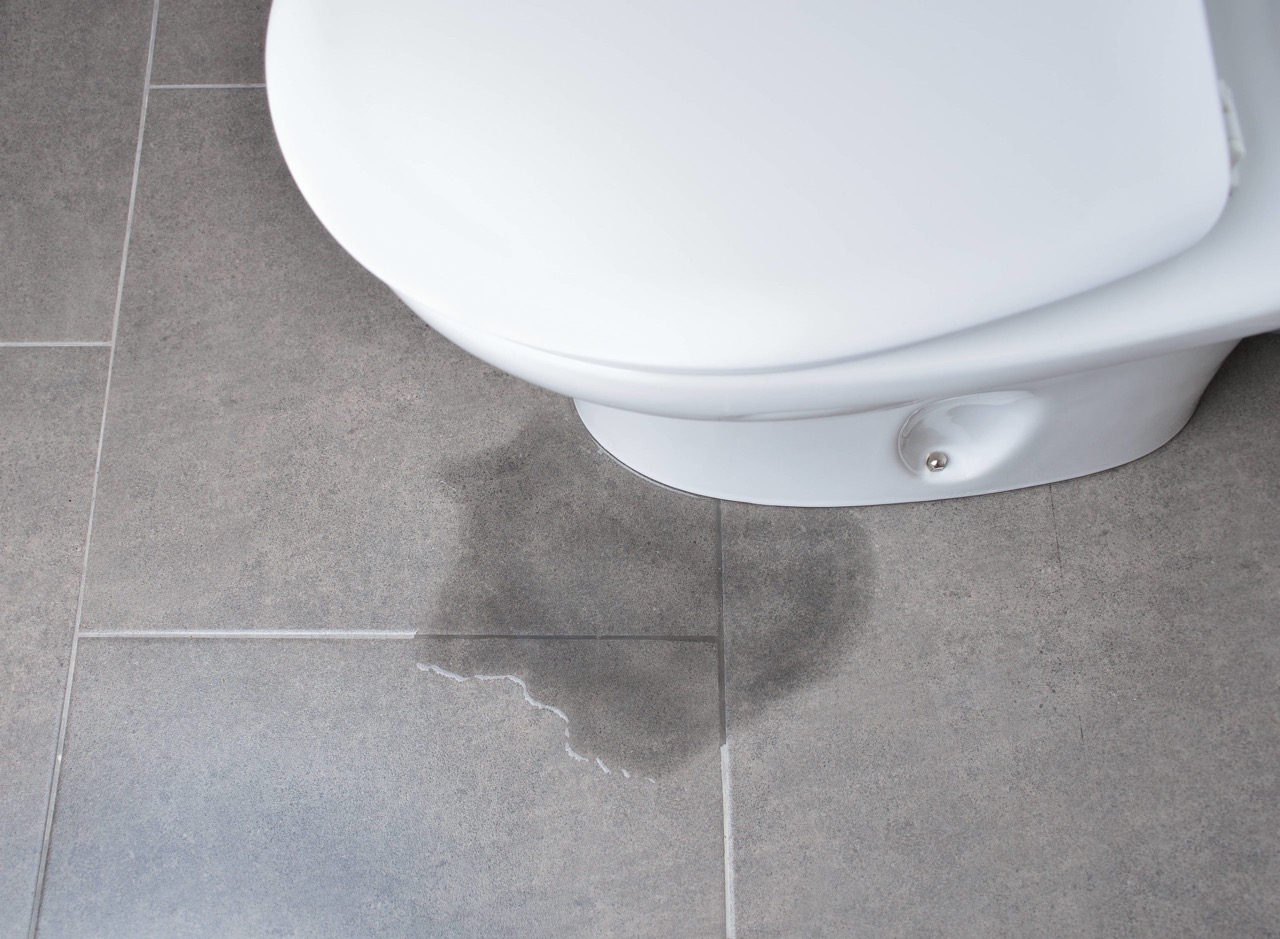

Bathroom Accessories
Why Does Water In Toilet Bowl Leak Out
Modified: February 18, 2024
Discover the reasons behind water leaking out of your toilet bowl and find solutions with our range of bathroom accessories. Keep your bathroom dry and functional.
(Many of the links in this article redirect to a specific reviewed product. Your purchase of these products through affiliate links helps to generate commission for Storables.com, at no extra cost. Learn more)
Introduction
A leaking toilet bowl can be a frustrating and inconvenient issue for any homeowner. The sight of water pooling around the base of the toilet can cause concern and prompt a search for the underlying cause. Understanding why water leaks from the toilet bowl is essential for addressing the problem effectively. This comprehensive guide will delve into the common causes of water leakage in toilet bowls and provide practical solutions to prevent and resolve this issue.
A leaking toilet bowl is not only a nuisance but can also lead to water damage and potential health hazards if left unattended. Therefore, it is crucial to identify the root cause of the leakage and take appropriate measures to rectify the issue. By gaining insight into the factors contributing to water leakage in toilet bowls, homeowners can proactively address the problem and maintain a functional and hygienic bathroom environment.
In the following sections, we will explore the various reasons behind water leakage in toilet bowls and offer actionable solutions to mitigate this issue. By understanding the mechanisms that lead to toilet bowl leaks and implementing effective remedies, homeowners can safeguard their bathrooms against water damage and ensure the optimal functioning of their plumbing fixtures. Let's delve into the causes of water leakage in toilet bowls and discover practical strategies to prevent and resolve this common household concern.
Key Takeaways:
- Don’t let a leaking toilet bowl dampen your day! Worn-out wax rings, loose bolts, and cracked bowls are common culprits. Regular maintenance and timely repairs can keep your bathroom dry and functional.
- Keep your bathroom shipshape by addressing toilet bowl leaks. From replacing wax rings to regulating water pressure, proactive measures can prevent water damage and ensure a watertight seal.
Causes of Water Leakage in Toilet Bowl
-
Worn Out Wax Ring: The wax ring seals the connection between the toilet and the floor drain. Over time, this ring can deteriorate, leading to water seepage around the base of the toilet.
-
Loose Bolts or Flange: If the bolts securing the toilet to the floor are loose or the flange is damaged, it can create gaps that allow water to escape from the base of the toilet.
-
Cracked Toilet Bowl: A crack in the porcelain of the toilet bowl can result in water leakage. These cracks may develop due to age, impact, or structural stress, causing water to seep onto the floor.
-
Faulty Gaskets or Seals: The gaskets and seals in the tank and bowl assembly can degrade over time, leading to leaks. This can result in water pooling around the base of the toilet or seepage from the tank into the bowl.
-
Condensation: In humid environments, condensation can form on the exterior of the toilet bowl, leading to the appearance of a leak. While not a structural issue, condensation can create the illusion of a leak.
-
Clogged or Damaged Toilet Flapper: A malfunctioning flapper can cause water to continuously leak from the tank into the bowl, leading to water escaping through the bowl's overflow tube.
-
High Water Pressure: Excessively high water pressure in the plumbing system can cause water to seep from the base of the toilet. This can be exacerbated by worn-out seals and gaskets.
-
Improper Installation: Incorrect installation of the toilet, such as using an inadequate wax ring or failing to secure the toilet properly to the flange, can result in water leakage over time.
Identifying the specific cause of water leakage in a toilet bowl is crucial for implementing the appropriate solution. By understanding these common factors, homeowners can take proactive measures to address the issue and prevent further water damage in their bathrooms.
Check the water level in the tank, it should be at the water line. If it’s too high, adjust the float valve. If it’s too low, adjust the fill valve. If the problem persists, the flapper may need to be replaced.
Solutions to Prevent Water Leakage in Toilet Bowl
Addressing water leakage in a toilet bowl requires a systematic approach to identify and rectify the underlying causes. By implementing the following solutions, homeowners can effectively prevent water leakage and maintain a watertight seal around their toilet fixtures.
-
Replace the Wax Ring: If a worn-out wax ring is identified as the culprit, replacing it is essential. This involves removing the toilet, scraping off the old wax ring, and installing a new one to create a secure seal between the toilet and the floor drain. Ensuring a proper fit and alignment during reinstallation is crucial to prevent future leaks.
-
Tighten Bolts and Repair Flange: Securing the toilet to the floor with tight bolts and addressing any damage to the flange can eliminate gaps that allow water to escape. Care should be taken to evenly tighten the bolts to avoid uneven pressure on the toilet base, which can lead to future leaks.
-
Repair or Replace Cracked Toilet Bowl: In cases where a crack is causing the leakage, repairing the porcelain or replacing the toilet bowl is necessary. This involves assessing the extent of the damage and deciding whether a repair is feasible or if a replacement is the more viable option.
-
Replace Faulty Gaskets and Seals: Inspecting and replacing deteriorated gaskets and seals in the tank and bowl assembly can effectively prevent leaks. Ensuring a proper fit and using high-quality replacement parts is crucial for long-term leak prevention.
-
Address Condensation: To mitigate the appearance of a leak due to condensation, improving ventilation in the bathroom can help reduce moisture levels. Additionally, using a dehumidifier can minimize condensation on the toilet bowl, alleviating the visual effect of a leak.
-
Repair or Replace Toilet Flapper: If a malfunctioning flapper is causing water to continuously leak from the tank into the bowl, repairing or replacing the flapper can resolve the issue. Ensuring that the flapper forms a watertight seal after each flush is essential for preventing water escape.
-
Regulate Water Pressure: Installing a pressure regulator in the plumbing system can help control excessively high water pressure, reducing the risk of leaks around the toilet base. Monitoring and adjusting the water pressure to an optimal level can safeguard against future leakage.
-
Ensure Proper Installation: When installing a new toilet or reseating an existing one, using a high-quality wax ring and securing the toilet firmly to the flange is crucial. Following manufacturer guidelines and best practices for installation can prevent future leaks.
By implementing these solutions, homeowners can effectively prevent water leakage in the toilet bowl, safeguarding their bathrooms against potential water damage and maintaining a hygienic and functional plumbing system. Regular inspection and maintenance of toilet fixtures are essential to identify and address any potential sources of leakage, ensuring a reliable and watertight seal for years to come.
Conclusion
In conclusion, addressing water leakage in a toilet bowl is essential for maintaining a functional and hygienic bathroom environment. By understanding the common causes of toilet bowl leaks and implementing effective solutions, homeowners can prevent water damage and ensure the optimal performance of their plumbing fixtures.
It is crucial to recognize the significance of a secure and watertight seal around the base of the toilet to prevent water leakage. Factors such as worn-out wax rings, loose bolts, cracked toilet bowls, faulty gaskets, and high water pressure can contribute to leaks and potential water damage. By identifying these underlying causes, homeowners can take proactive measures to rectify the issues and prevent future leakage.
Replacing worn-out wax rings, tightening bolts, repairing flanges, and addressing cracked toilet bowls are essential steps in preventing water leakage. Additionally, inspecting and replacing faulty gaskets and seals, regulating water pressure, and ensuring proper installation practices are crucial for maintaining a watertight seal around the toilet fixture.
By implementing these solutions, homeowners can safeguard their bathrooms against the detrimental effects of water leakage, including structural damage, mold growth, and potential health hazards. Regular inspection and maintenance of toilet fixtures are vital to identify and address any potential sources of leakage, ensuring a reliable and watertight seal for years to come.
In conclusion, proactive measures to prevent water leakage in the toilet bowl are essential for preserving the integrity of the bathroom and ensuring a hygienic and functional plumbing system. By understanding the causes of toilet bowl leaks and implementing the recommended solutions, homeowners can mitigate the risk of water damage and maintain a secure and watertight seal around their toilet fixtures.
Frequently Asked Questions about Why Does Water In Toilet Bowl Leak Out
Was this page helpful?
At Storables.com, we guarantee accurate and reliable information. Our content, validated by Expert Board Contributors, is crafted following stringent Editorial Policies. We're committed to providing you with well-researched, expert-backed insights for all your informational needs.
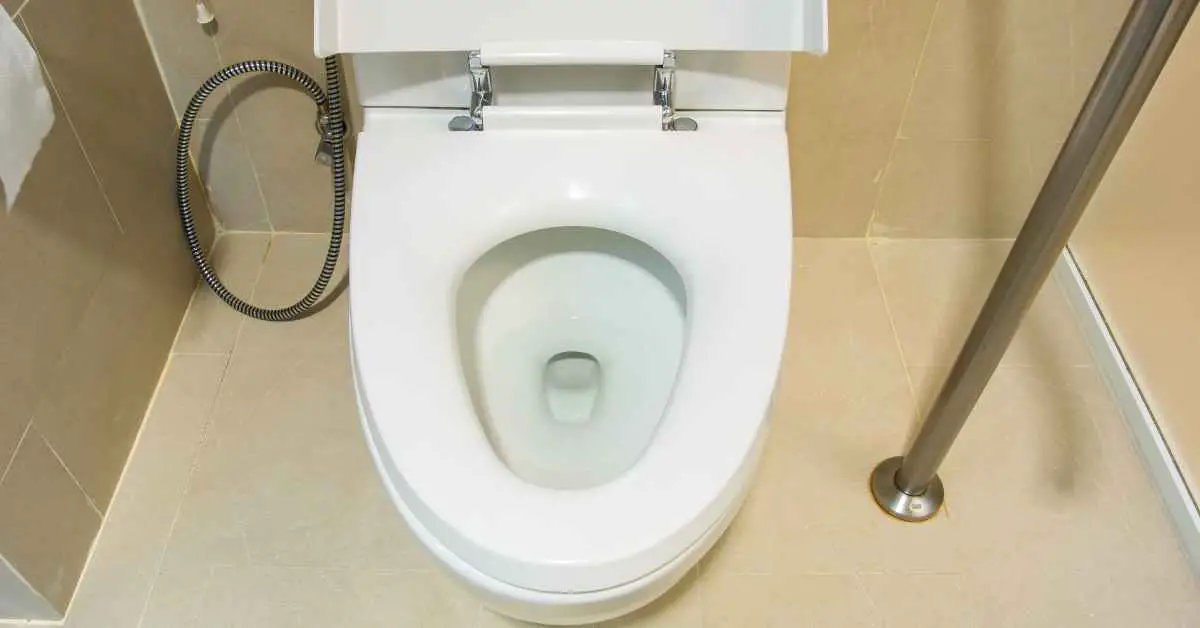
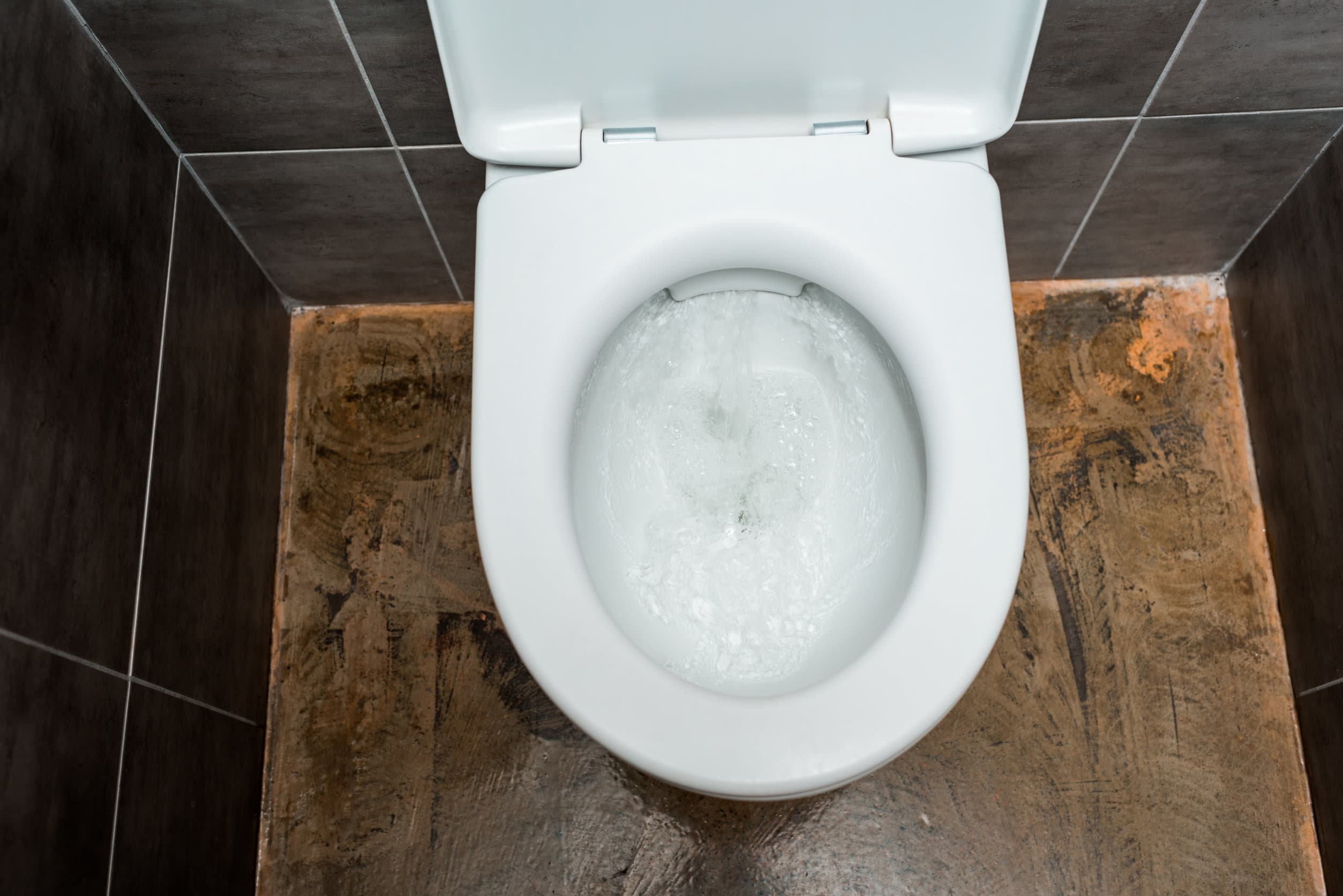
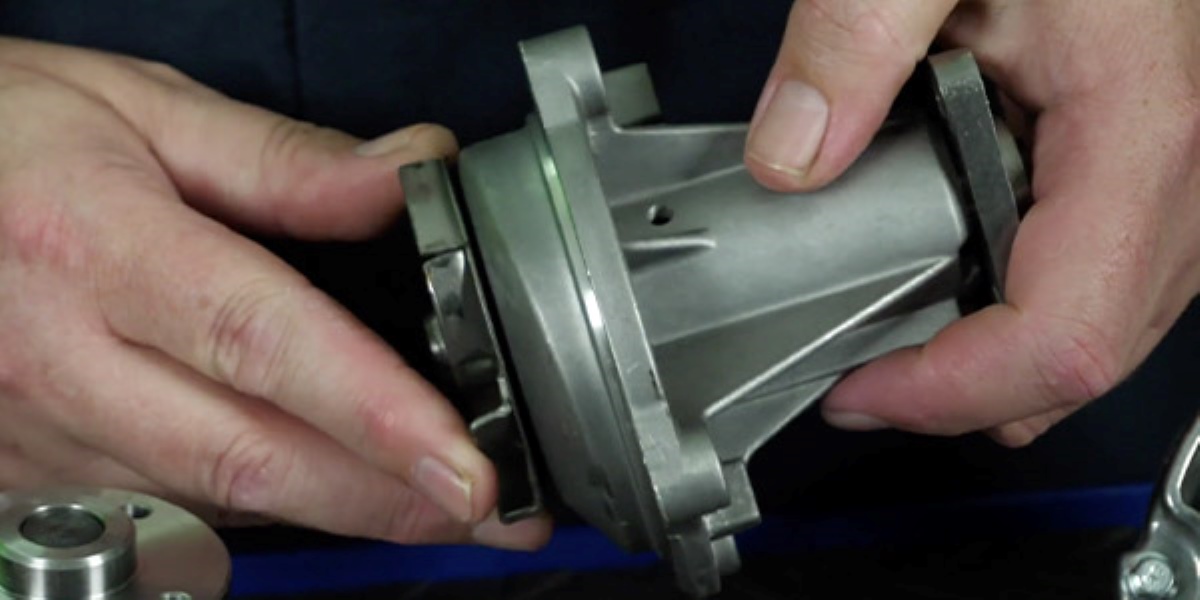
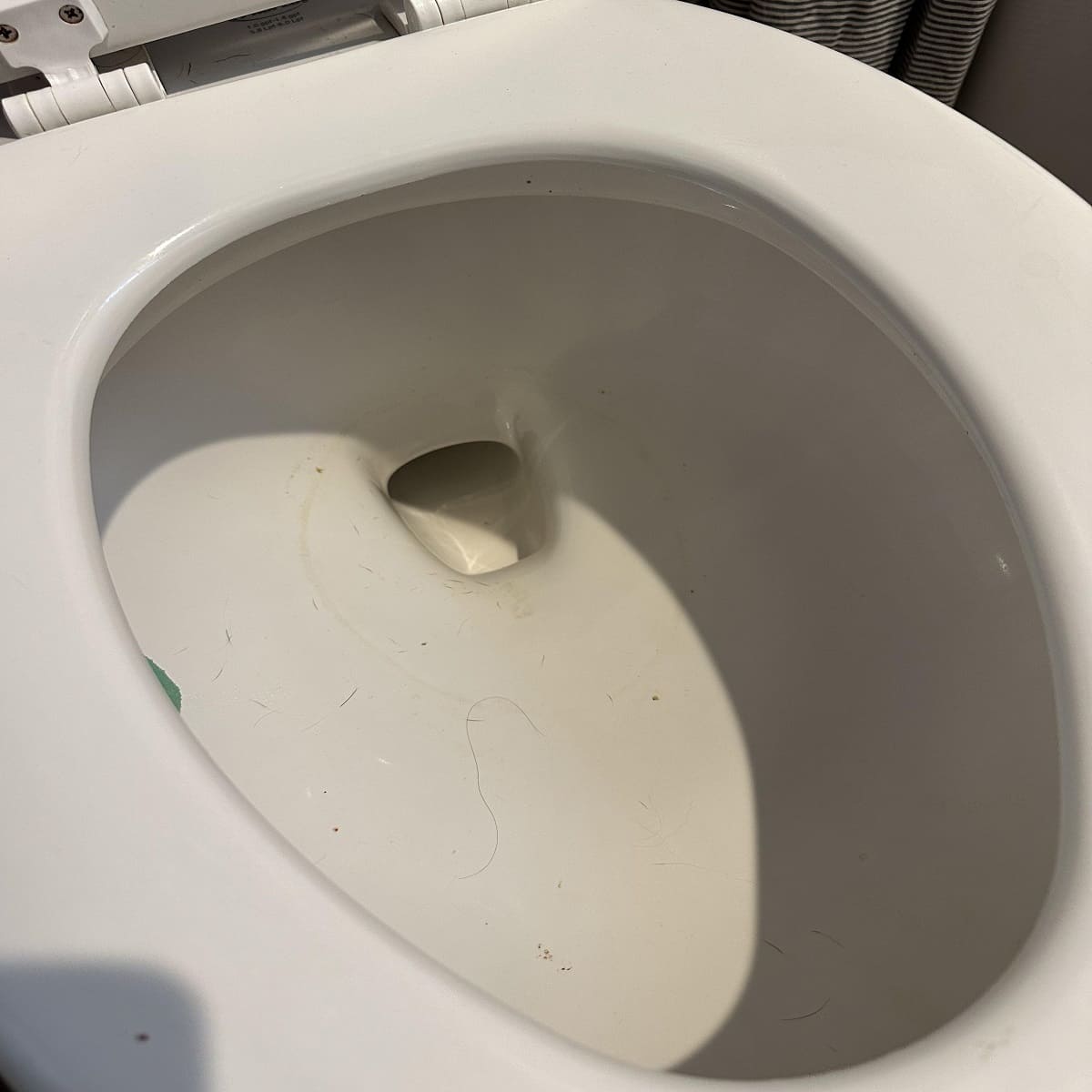
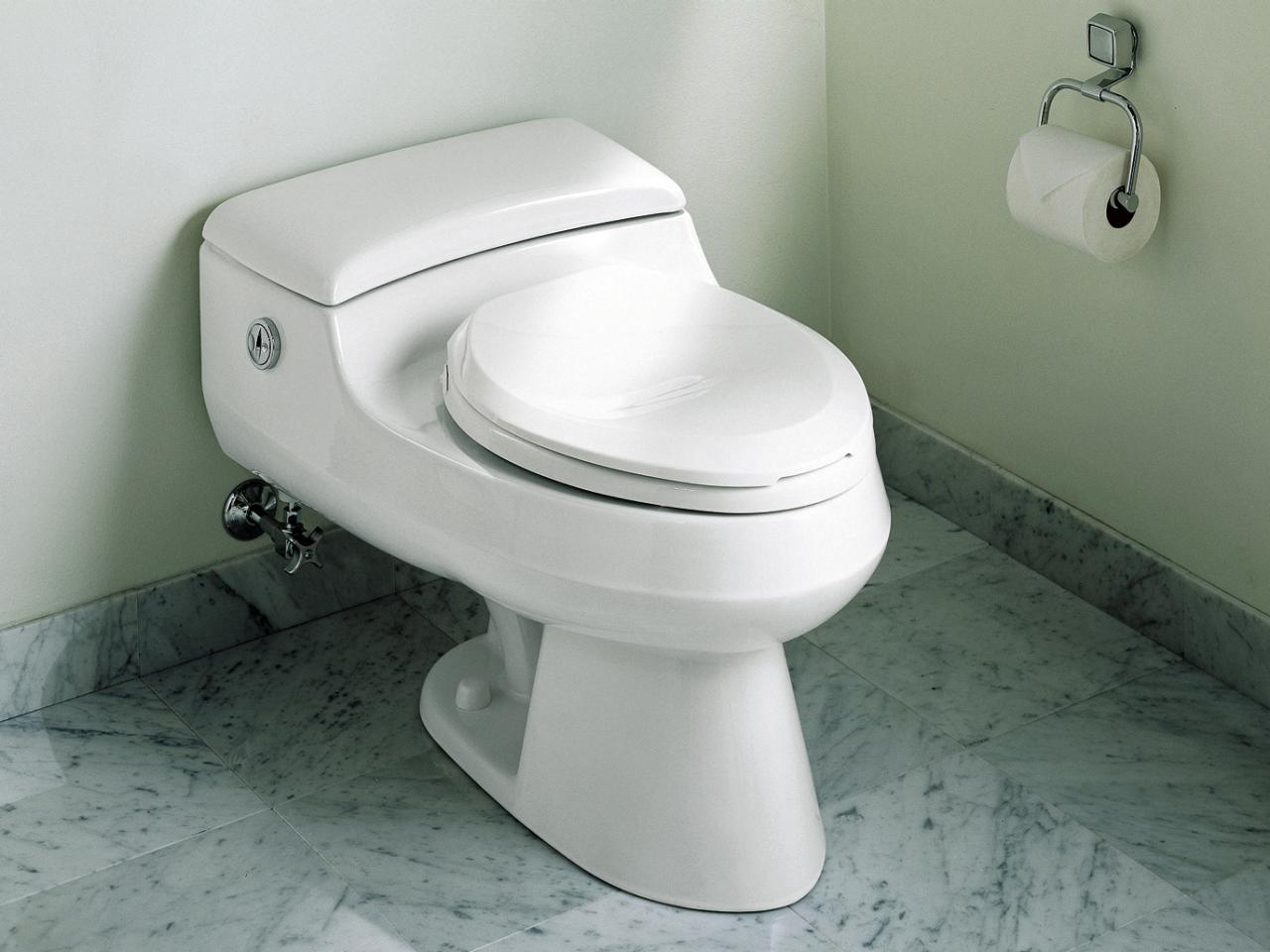
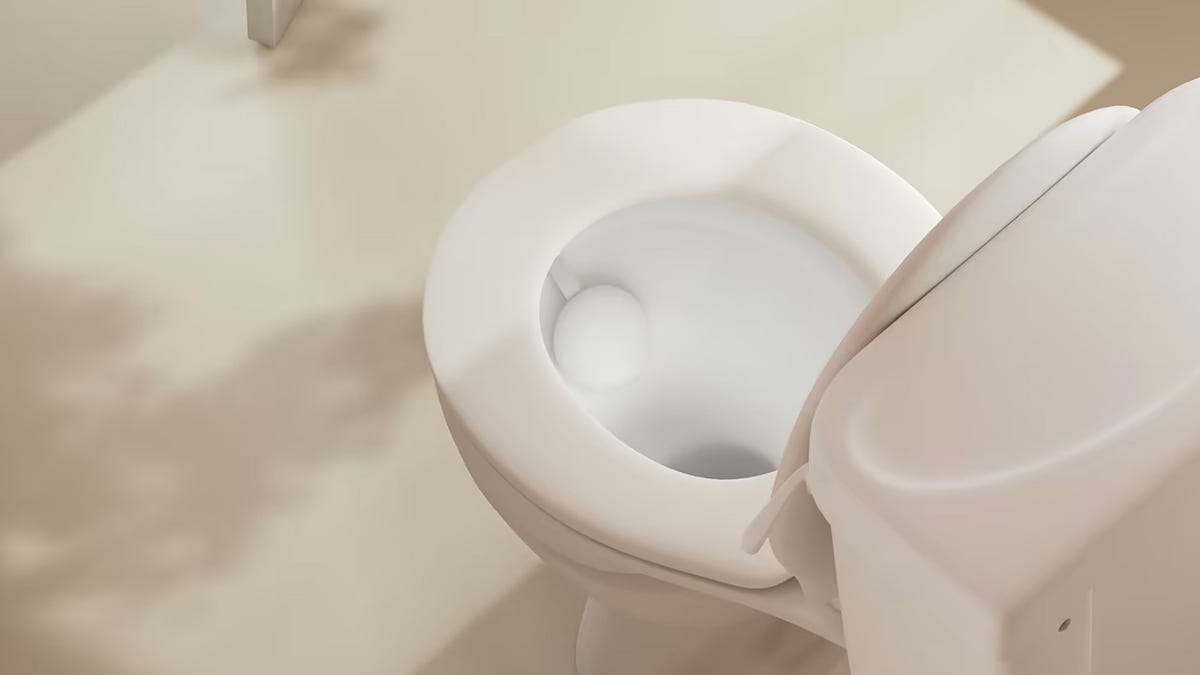
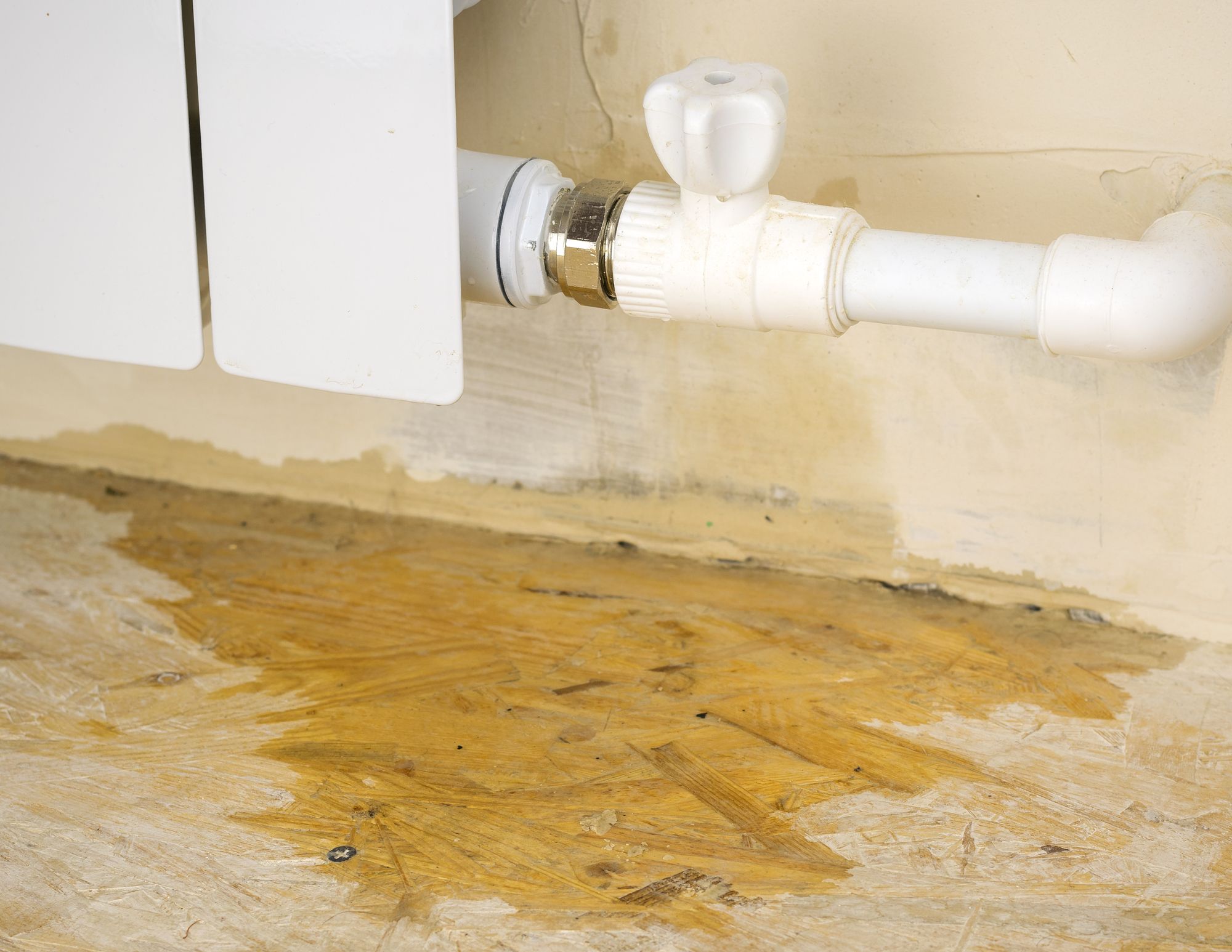
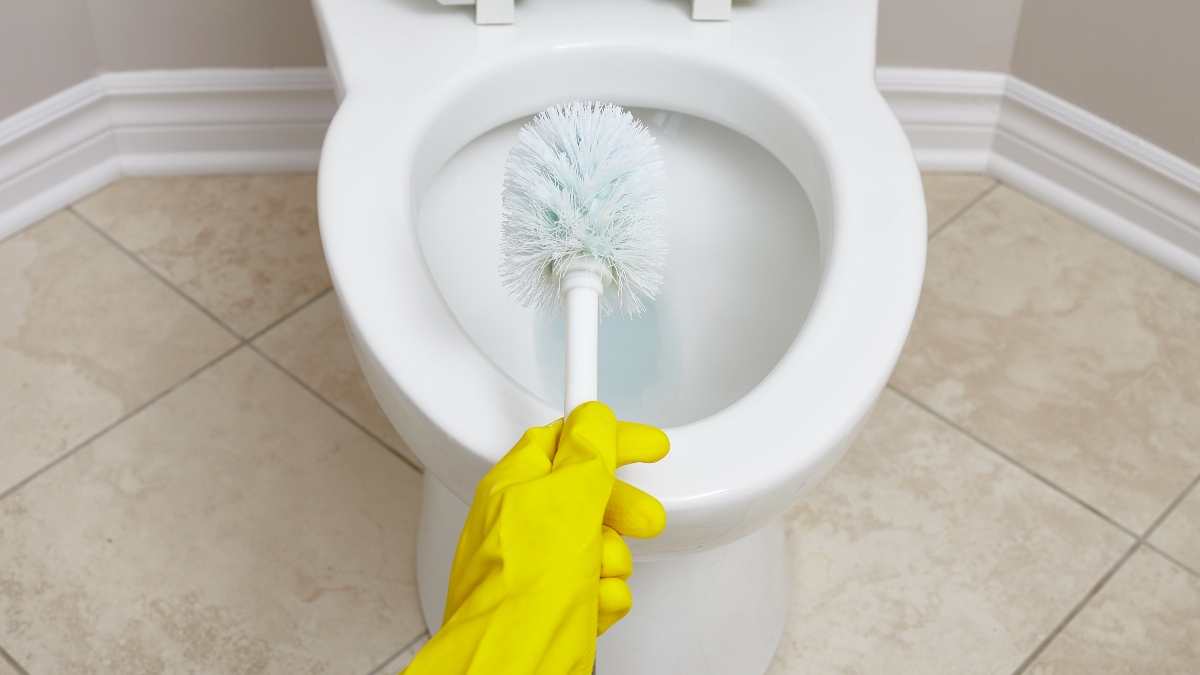
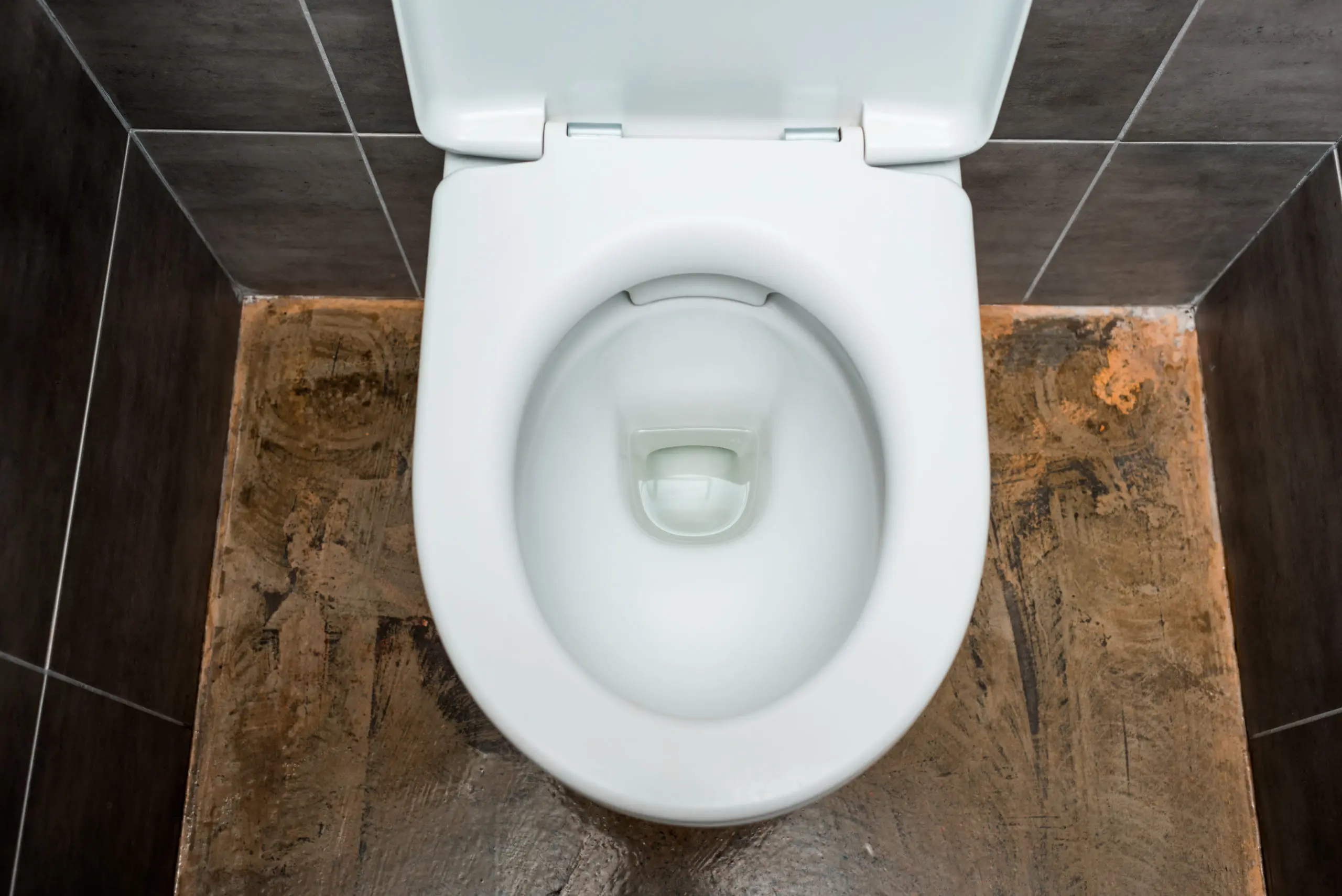
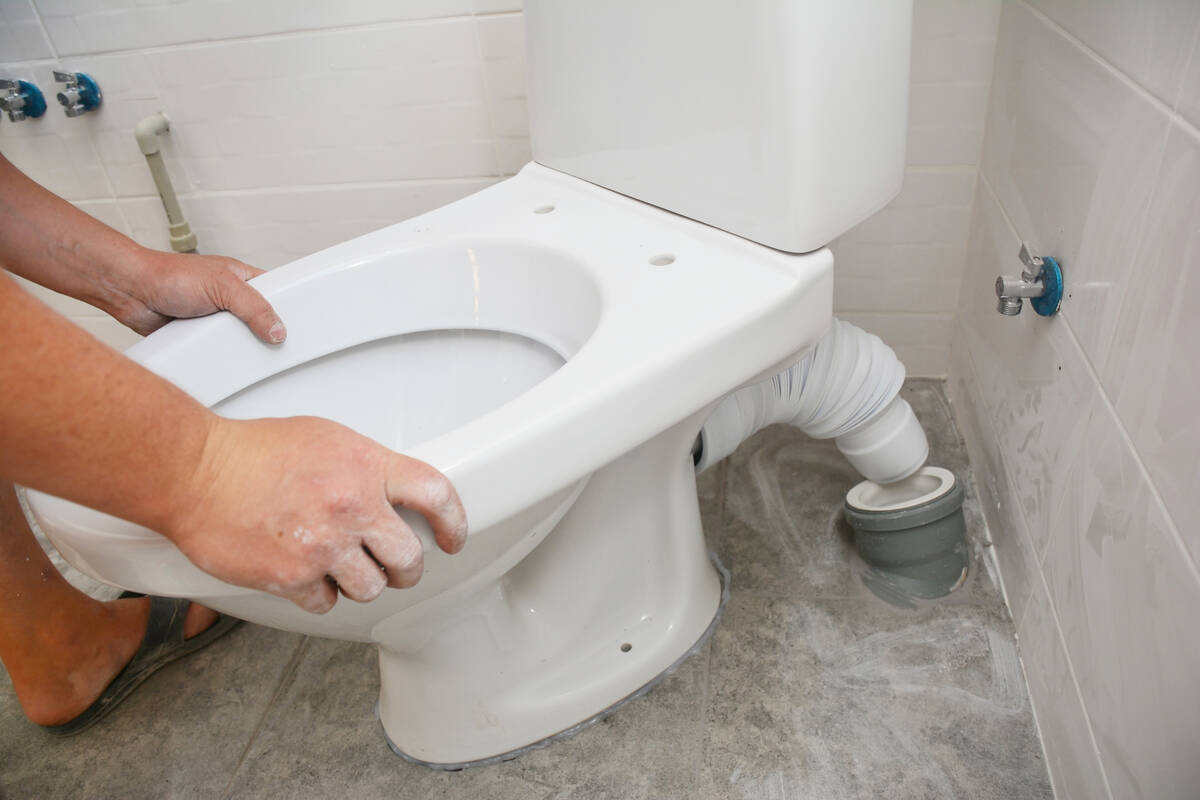
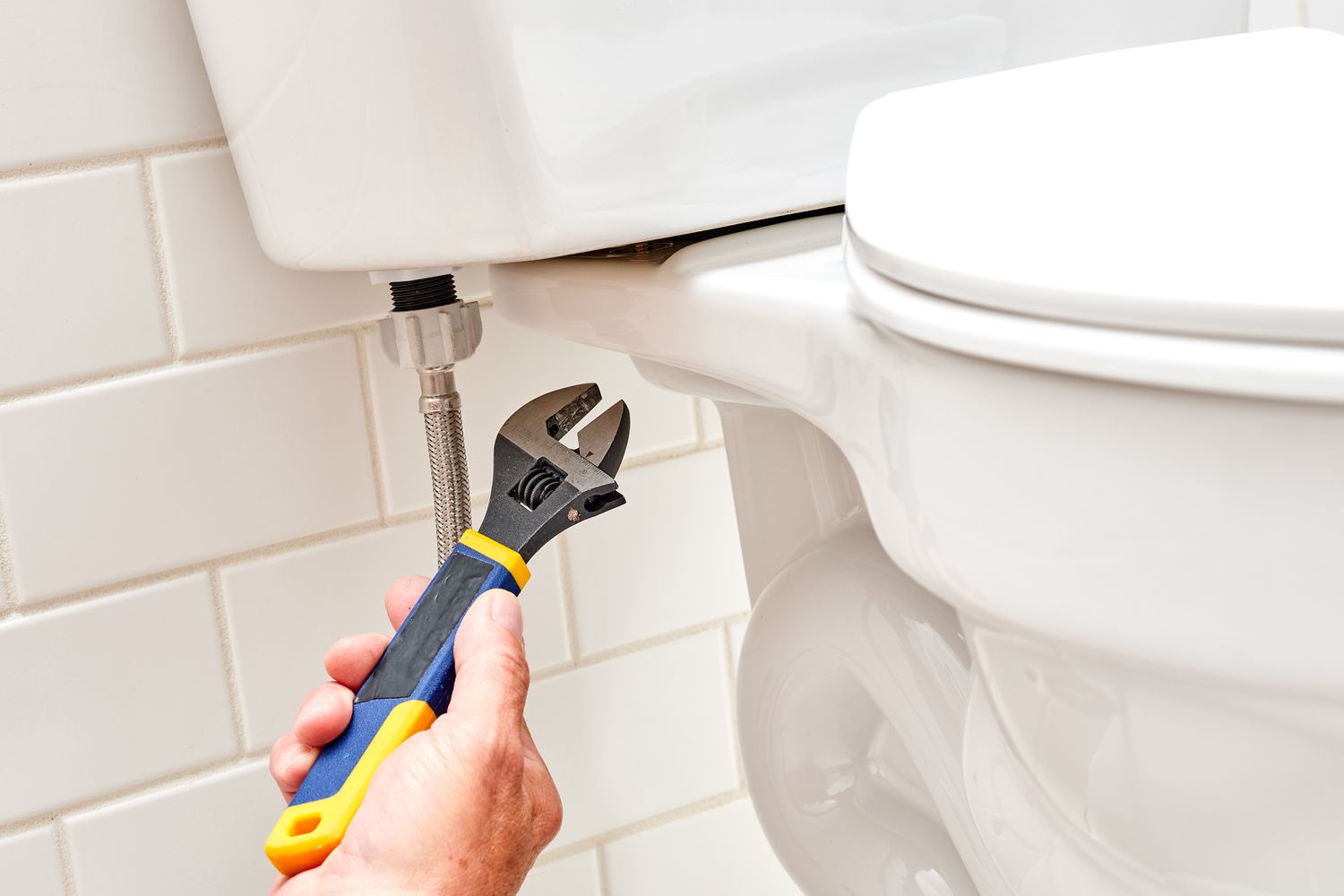
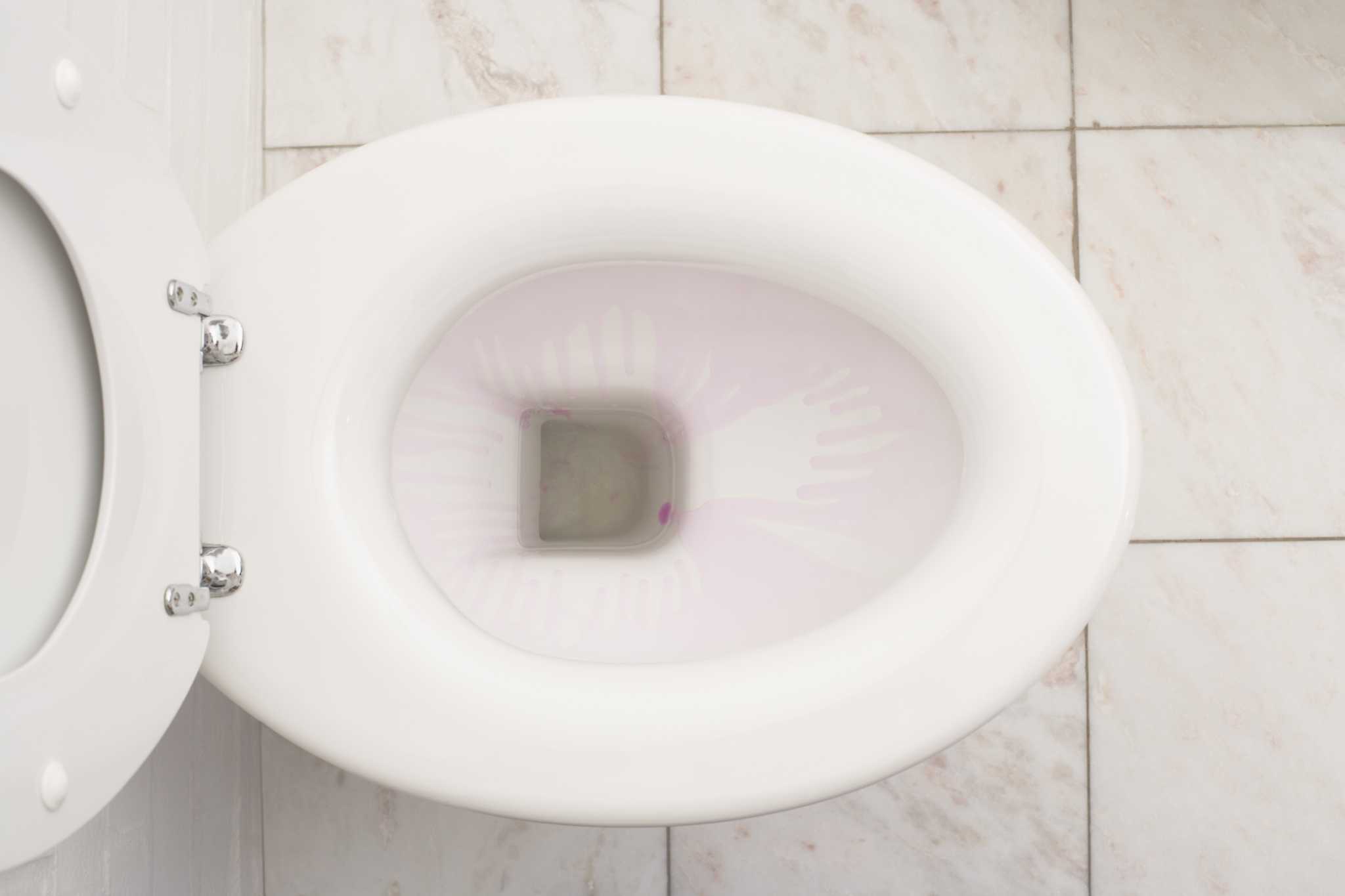
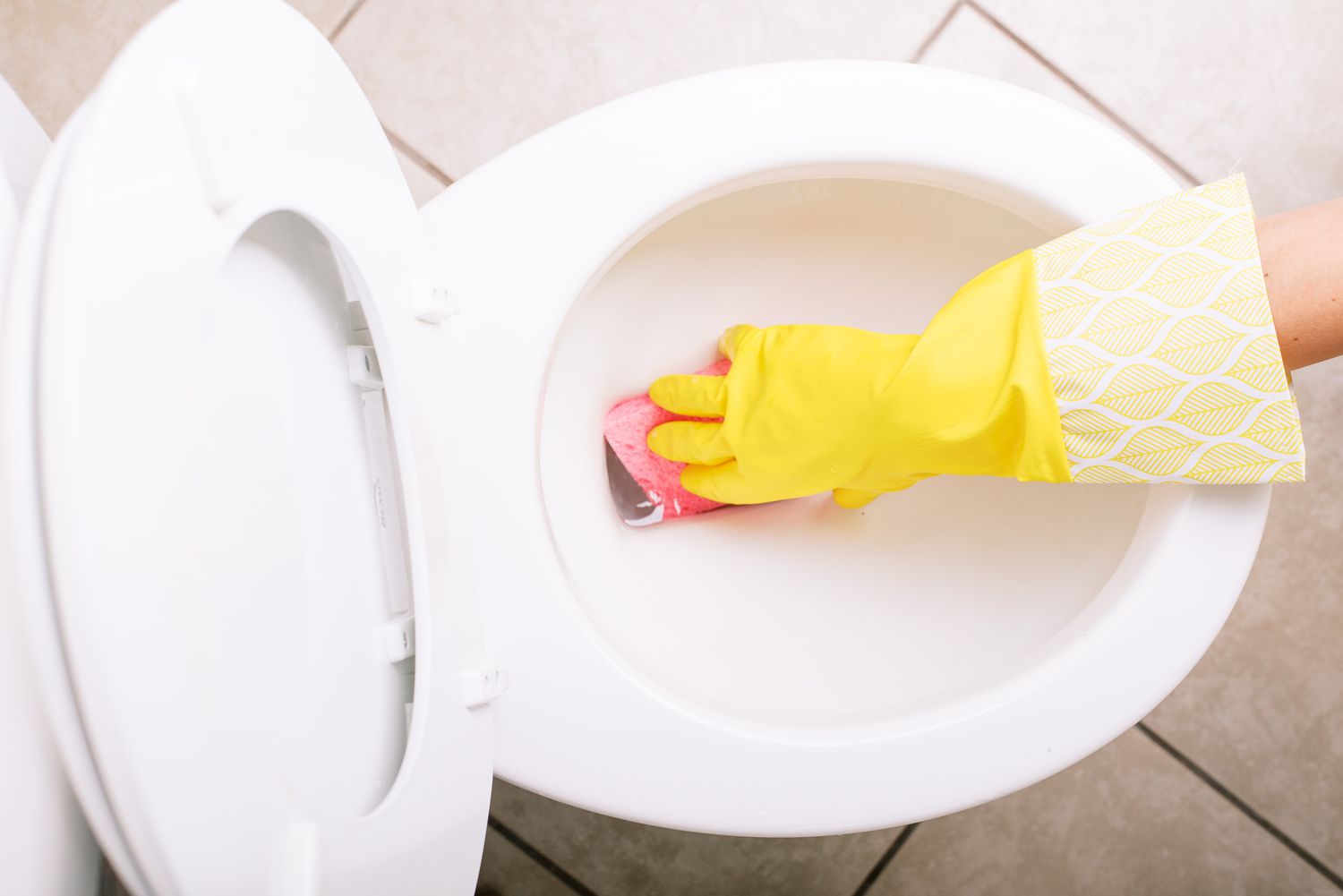
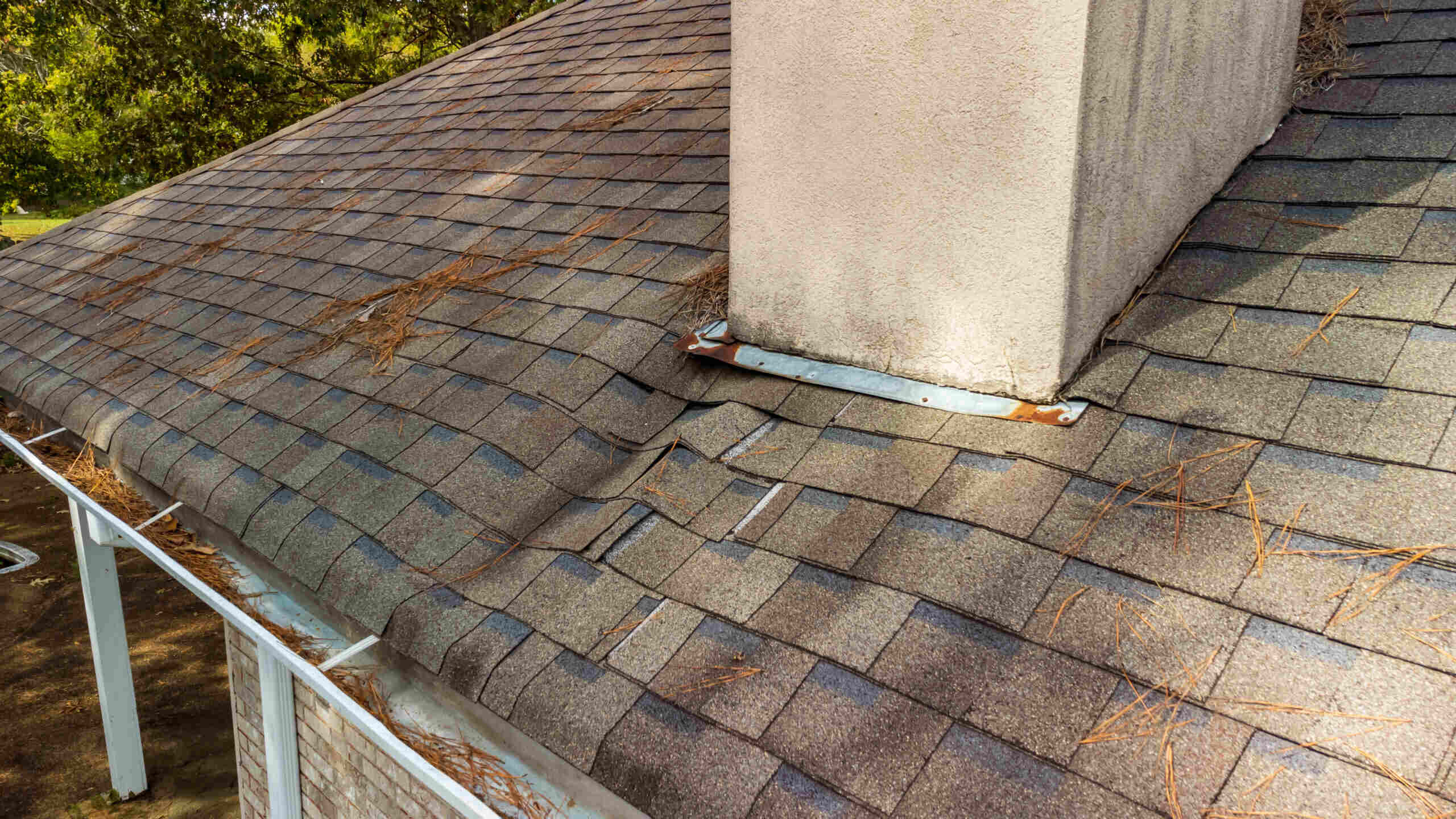
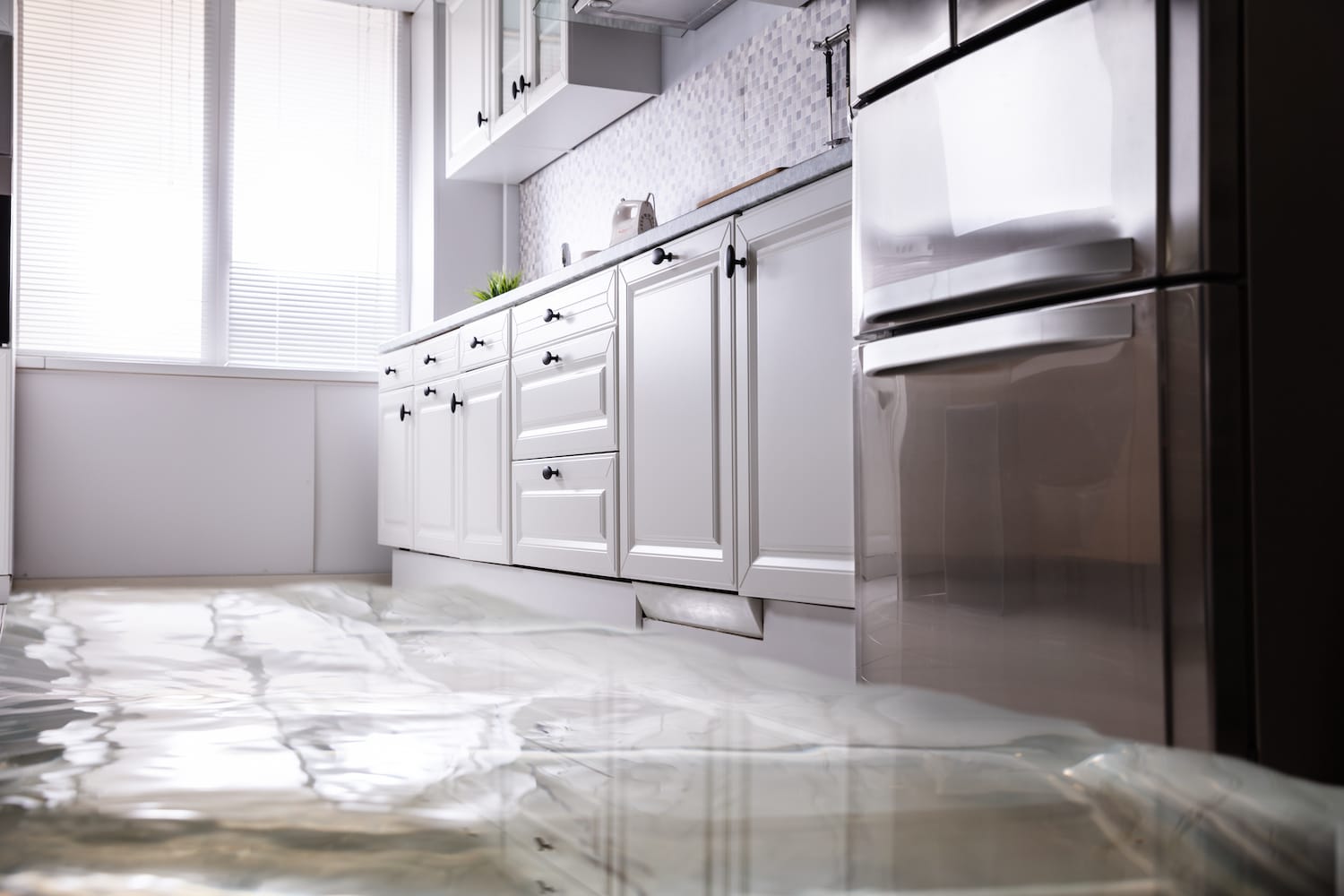

0 thoughts on “Why Does Water In Toilet Bowl Leak Out”